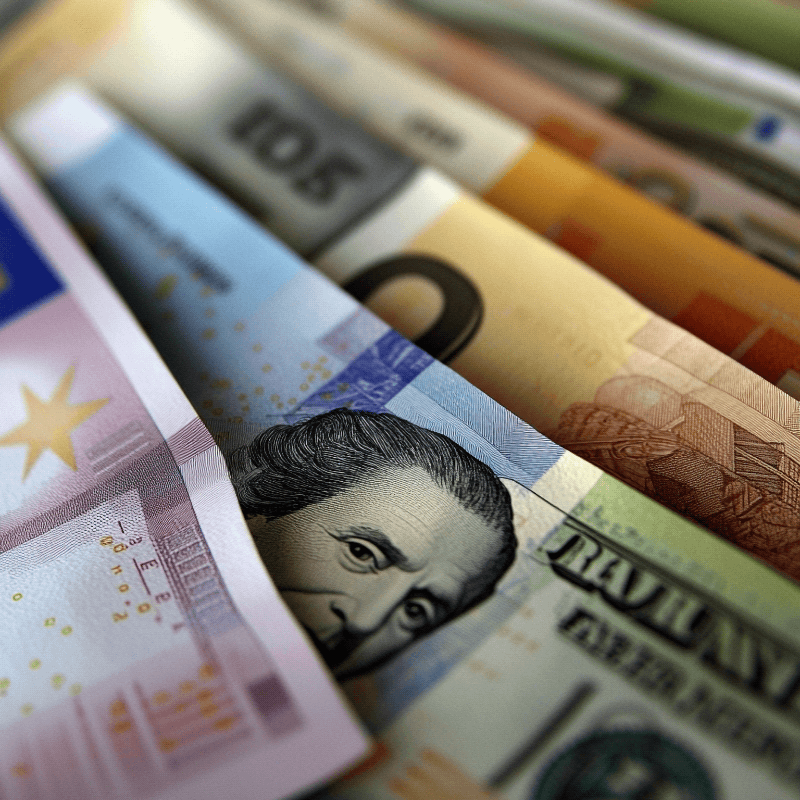Lesson #1 - EURJPY
The EURJPY currency pair combines the euro (EUR), the currency of the Eurozone, with the Japanese yen (JPY). The euro, as the second most important reserve currency in the world, reflects the economic health of the 19 countries that make up the Eurozone, including major economies like Germany, France, Italy, and Spain. Meanwhile, the Japanese yen is known as a safe-haven currency, meaning investors tend to favor it during times of market uncertainty or economic crises.

Characteristics and Specifics
Economic condition of the Eurozone: The EURJPY exchange rate is closely tied to the economic performance of the Eurozone, which comprises 19 countries. Macroeconomic events such as changes in GDP, inflation, unemployment, and fiscal policy in individual countries affect the euro. Of particular importance are data from Germany, the largest economy in the Eurozone.
Monetary policy and central bank interventions: The monetary policies of the ECB and BoJ significantly impact the volatility of EURJPY. The ECB may raise or lower interest rates depending on economic conditions and inflation, influencing the euro's attractiveness relative to the yen. Meanwhile, the BoJ, despite maintaining low interest rates, may intervene in the currency market if the yen's value strays too far from expectations.
Global risk and market sentiment: As a currency pair combining a reserve currency and a safe-haven currency, EURJPY is particularly sensitive to global risk and shifts in market sentiment. During periods of increased uncertainty in international markets, the yen tends to appreciate, while the euro may weaken if European economies face crises.
Summary
EURJPY is a currency pair that offers unique trading opportunities based on the differences in the monetary policies of the ECB and BoJ, as well as the economic condition of the Eurozone. Exchange rate fluctuations for this pair can be heavily influenced by central bank actions and global market sentiment. Traders should monitor the evolving economic outlook in the Eurozone and potential BoJ interventions that could impact the yen's volatility.

